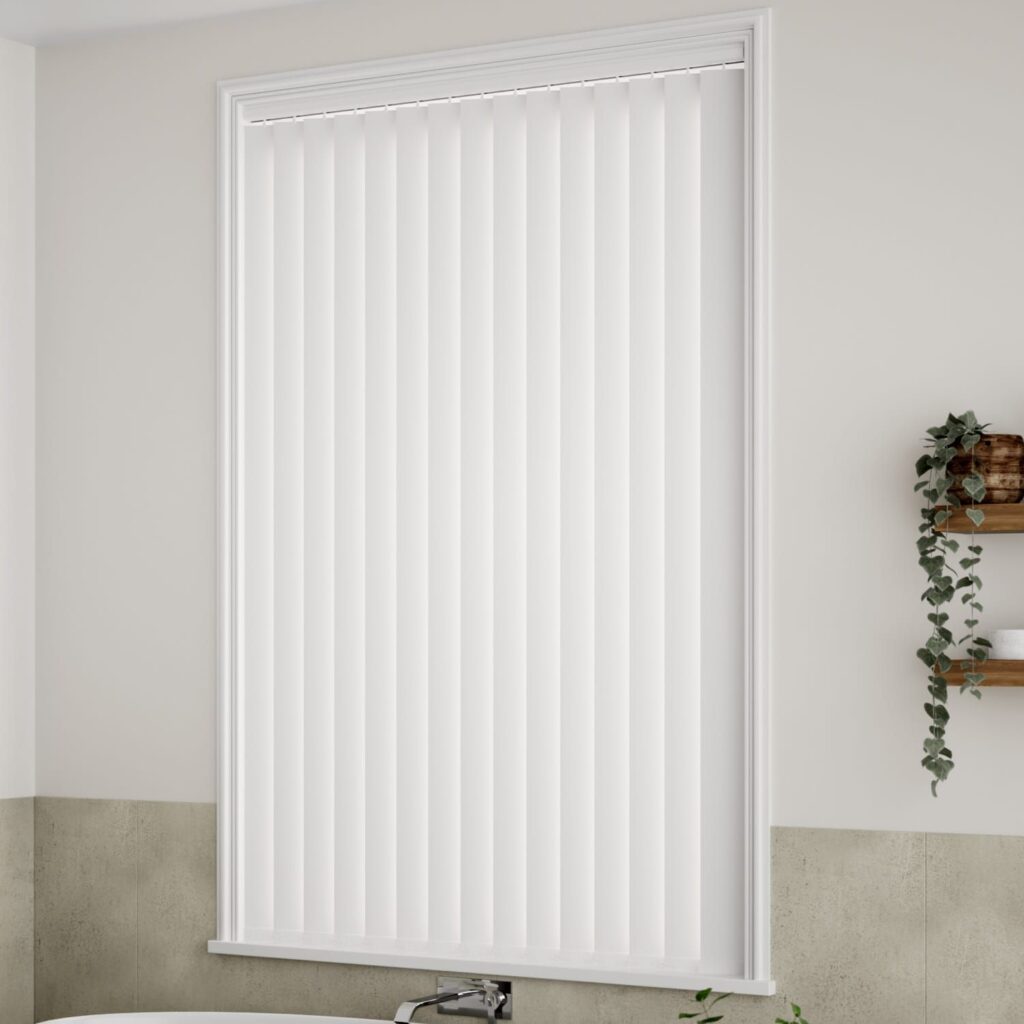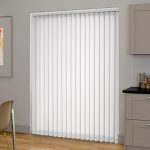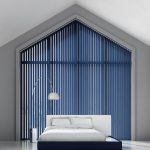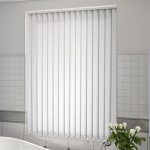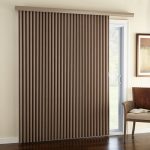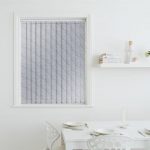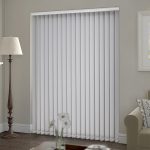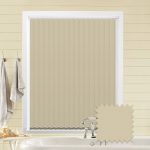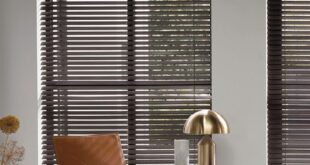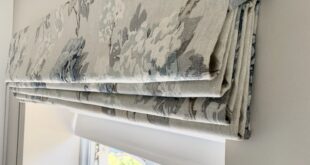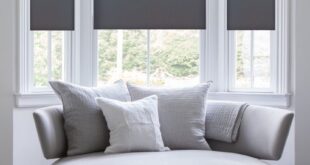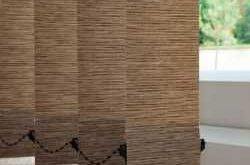The Amazing Features and Qualities of Blackout Blinds
Window blinds are the coverings for your windows. If you are tired of waking up to the direct sunlight on your face or you are a night shift worker who can’t get complete darkness to sleep during daylight or you are a parent of a baby whom you need to protect from direct sunlight or you are the person who suffers from insomnia and have a very light sleep, then you need this upgrade for your window as soon as possible.
Blackout blinds are used for getting complete darkness at any place that you want. These blinds are made of heavy materials that block the light entirely. These blinds come in a fulfilling number of different designs that can suit your home. There are all kinds of shapes and sizes of blackout blinds that you can have for any size of your window. Some of the different types of blinds are horizontal blinds, vertical blinds or cellular blinds.
These blinds vary in the type the stacks of the plates are arranged on these. In case of horizontal blinds, they are arranged horizontally and in case of vertical blinds, they are arranged vertically. Out of the both, vertical blinds are more beneficial and thus more in demand by the people. Blackout vertical blinds can be operated through a remote control or manually.
Distinctive Features of Vertical Blackout Blinds
Vertical blackout blinds are mechanically better stacked that enables them to block more light from other types of blackout blinds. These are also easily operated. Vertical blackout blinds are available in advanced versions where the amount of light that passes through them can be altered. In this way, they can be adjusted so that only desired amount of light can enter the room.
Other Places Where the Blackout Blinds Are Used
Blackout blinds are also used in different places other than home such as media rooms, libraries or theatres. Their wider use is because of their exceptional qualities of blocking sunlight as well as noise and winds. They can also act as temperature regulators as they work as insulators.
 Garden and patio decoration inspiration
Garden and patio decoration inspiration

